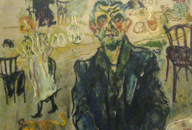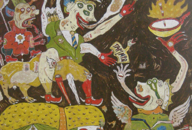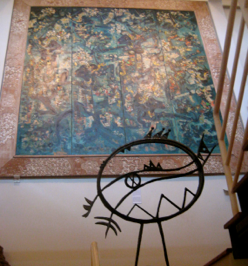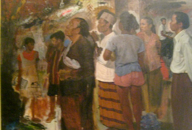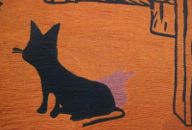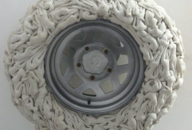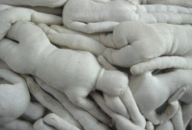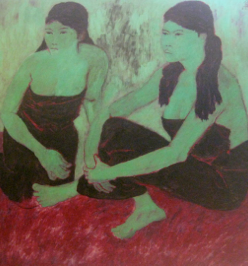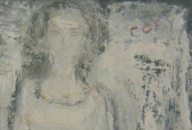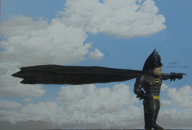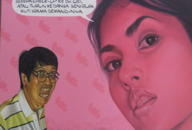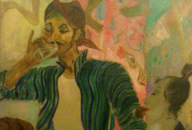ART COLLECTION
CONTEMPORARY INDONESIAN art
megelang, megelang highlands
central java, indonesia
April 14, 2009


ART COLLECTION
CONTEMPORARY INDONESIAN art
megelang, megelang highlands
central java, indonesia
April 14, 2009



Dr. Oei Hong Djien, the first to systematically collect Indonesian contemporary art, has amassed a collection of more than 1500 works of art by Indonesian artists. His collection includes paintings, sculpture, and installation pieces by over 100 different artists including well-known Indonesian artists such as Affandi, Hendra Gunawan, Sudjojono, Yunizar, and Nyoman Masriadi. He also has commissioned artists to fabricate doors for his museum, a painted barrel vaulted ceiling in his home, and a mural for the exterior entrance of the first of his two museums, located next to his house in Megelang. I learned from Dr. Oei that Yogyakarta, about two hour’s drive from his home in the highlands, is a thriving center for contemporary art, a city with great tolerance for the new and experimental in art. Yogyakarta holds strong on par and in polarity with the more established and older art community in Bandung, West Java, where formality still reigns. Dr. Oei, who just turned 70 years old, the most prominent collector of Indonesian art in all of Asia, has cultivated lifelong friendships with artists and other collectors. He has served on the Singapore Art Museum Board since 2006, where he had previously been (2001-2005) appointed as adviser. He also served as curator of the Museum H. Widayat from its opening in 1994 until March, 2009. When I asked Dr. Oei how he began collecting art, he responded that he always loved art. He purchased his first painting upon graduation from medical school in 1965. He told me that before he began seriously collecting art, he purchased museum posters to hang in his home in Megelang, beginning in 1968. These posters represented the work of world famous artists, works he saw during his travels in Europe. Between 1966-68, Dr. Oei was thoroughly absorbed in his studies at the Pathological Anatomy Institute of the Catholic University in Nijmegen, Netherlands. In 1968, with the death of his father, he returned to Indonesia from the Netherlands to run his family’s tobacco business. He worked as a volunteer physician for the Catholic Medical Charity Services 1964-66 and 1968-92. He is now a retired physician. His collection is funded by tobacco rather than by medicine. He is an expert in tobacco; his family immigrated from China to Java in the 1800‘s, dealing tobacco. In 1979, he became a business parter of Djarum, one of the leading clove cigarette companies in Indonesia. He is a very successful businessman; and, his huge collection pays tribute to his financial success, as well as his educated eye and heart for art. In the 1980’s, Dr. Oei and the expressionist painter, Affandi, established a friendship, which developed into the most comprehensive collection of Indonesian contemporary art. He became one of the first to focus on collecting works by the five painters of the Jendela group, young Joyga artists whose work took a different course, from the hot political issues of the day. Instead, these artists painted real or imagined objects, following their intuition. The artist, Sudjojono (1913-86) collected by Dr. Oei, was the founder of PERSAGI, the union of Indonesian artists working two dimensionally in the mediums of painting and drawing. He is considered to be the father of modern art in Indonesia, and strongly criticized those artists who only painted beautiful landscapes and pretty women to please the Dutch. Dr. Oei’s collection is housed at his home and in two museums. One museum exhibits 20th century work, while the newer building is devoted to contemporary, cutting-edge art. Dr. Oei has plans for a third art space. This time, he is planning an exhibition space in the heart of Megelang, converting an old tobacco barn into a new museum. I was certainly impressed with his expertise, his courage to buy radical art, and his ability to recognize the difference between good art and great art. Throughout his life as a collector, he has acquired works by unknown artists, promoting their work through his confidence in their vision. When he showed Henry and me his collection, I was interested to hear him relish the success of many of the artists whose works he was the first to purchase. As well as finding new talent, Dr. Oei has intelligently purchased many of the works in his collection directly from the artists, or from retired collectors, either directly or through dealers. He is credited with returning many important works of art to their home in Indonesia.
PHOTOS: Left Column: 1. Detail: Nature c. 1975, oil on canvas by Nashar (1928-94) 2. Political Acrobat c. 2001, mixed media on canvas by Heri Dono (b. 1960) 3. Detail: Perusing a Poster c. 1956, oil on canvas by S. Sudjojono (1913-86) 4. Detail: Aku Akan Telap Tegar (I Will Always Be Strong) c. 2007, embroidery by Eko Nugroho (b. 1977). 5. Detail: Christien, c. 1961. oil on canvas by Srihadi Soedarsono (b. 1931) This artist lived in New York City for a period, the influence is evident. 6. Neon Hero c. 2007 acrylic on canvas by I Nyoman Masriadi. Center, Top: Changing Patterns of Legong Dancers c. 1989, oil on canvas by I Nyoman Gunarsa (b. 1944). 280 cm square in four panels, framed as one. Foreground Sculpure: Melintas Matahari (Crossing the Sun) c. 1997, bronze and stone by Syahrizal Koto (b.1960). Center, Middle: Frontispiece of the book on Dr. Oei’s collection: Exploring Indonesian Art: The Collection of Dr. Oei Hong Djien by Dr. Helena Spanjaard. Singapore: SNP International, 2004. ISBN 981 248 010 2 Retail price: S$ 150/Rp 750,000/ US$ 85. Center, Bottom: Detail: Dua Wanita (Two Wanita) c. 1975, oil on canvas by Nashar (1928-94) Right Column: 1. Detail: Bistro in Paris c. s1953, oil on canvas byAffandi. 2. Detail: Death of Kumbokarno c. 2001-02 , oil on canvas by Nasirun (b.1965) 3. Wheel of Life c. 2005, cotton dolls and iron wheel by Syamsul Arifin (b.1979) 4. Detail: Wheel of Life (same as #3) 5. Boleh Pening (You May Be Dizzy) c. 2008, oil on canvas by Nurkholis (b. 1969) 6. Detail: Herbal Tonic Seller c. 1962 oil on canvas by Hendra Gunawan (1918-63)

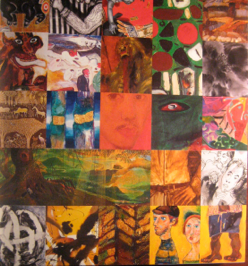
ART ON THE EDGE
